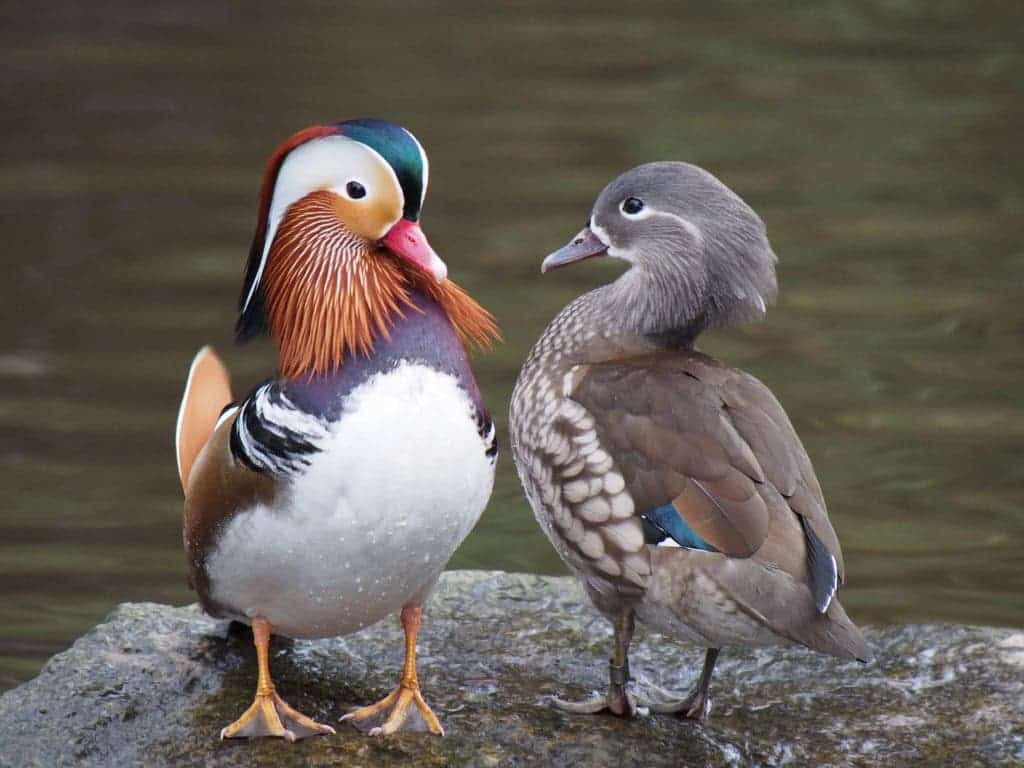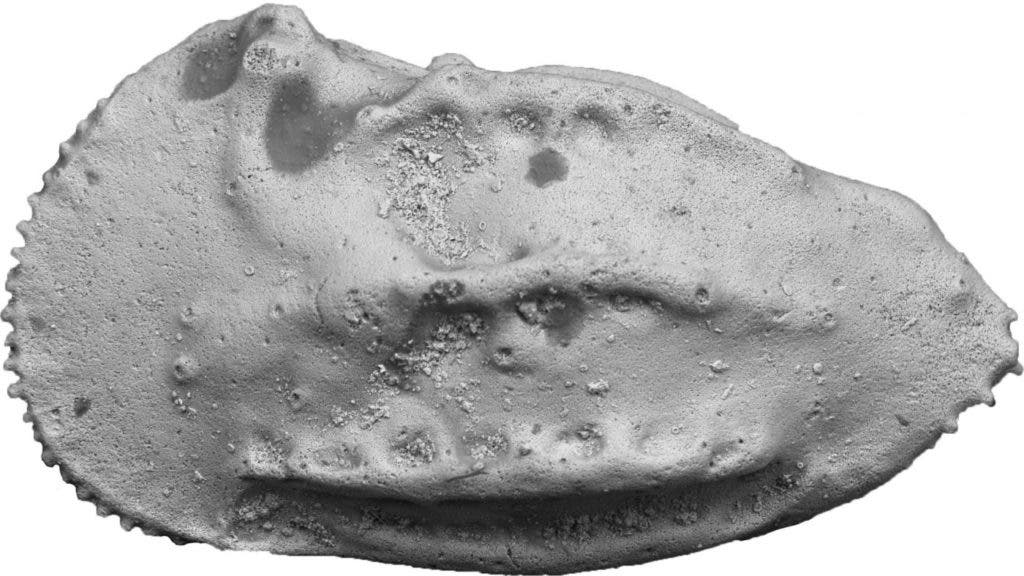A surprising new study suggests that the bigger the difference between sexes, the higher the odds that their species is heading for extinction.

Sexual dimorphism is the condition where the two sexes of the same species exhibit different characteristics beyond the differences in their sexual organs. For instance, many bird species show at least some dimorphism in color, with the female being cryptically colored to remain concealed in the nest while the more-colorful male uses it flashy plumage in displays of courtship and territorial behaviors. In some species, there is also a size mismatch between the sexes. For instance, for most mammals, the male is larger than the female, but for other animals, such as some spiders, the female is larger than the male. Homo sapiens has a low level of sexual dimorphism compared with many other species — and the similarity in the sizes of male and female human beings is a good example of how nature often does not make clear divisions.
There are various reasons why sexual dimorphism exists in the first place, which is the product of evolution by natural selection. For instance, a male bird’s bright coloration signals to the female that he is fit, healthy and a good choice to father her chicks. For deer, a male’s sexually dimorphic weapon — his antlers — is used to fight each other to establish breeding rights. Female insects are often larger than males, in order to lay more eggs.
The reproductive success of an organism is often more important than its long-term survival, which is why scientists have always debated whether sexual dimorphism is actually good or bad, as a whole, for a species. A peacock’s bright, bombastic plumage, for instance, can attract a worthy mate — but also a predator.
Researchers at the Smithsonian Institution compared tiny crustaceans called ostracods, which lived throughout the Late Cretaceous, from 66 to 84 million years ago. The team found that among the 93 ostracod species, it was those species with the greatest sex differences that were also the likeliest to go extinct — up to ten times likelier than species with less pronounced sexual dimorphism.


It’s not clear yet whether these results generally apply to other species or genera for that matter — but it might very well be true. Previous studies on birds and mammals found similar results, concluding that sexual selection increases the risk of extinction. What’s more, the general pattern seems to be the same: the male of many species invests considerable resources to attract or compete for mates.
The results are important for conservationism. If sexual dimorphism is truly a significant risk factor, then we have to take it into account when planning for shifting conditions.
In the future, the researchers plan on studying sexual dimorphism in ostracodes in the next geological interval, the Paleocene. The present study ends right before the extinction event that wiped out the dinosaurs, and the authors are interested in learning if the extinction triggered any shift in dimorphism.
Findings appeared in the journal Nature.






